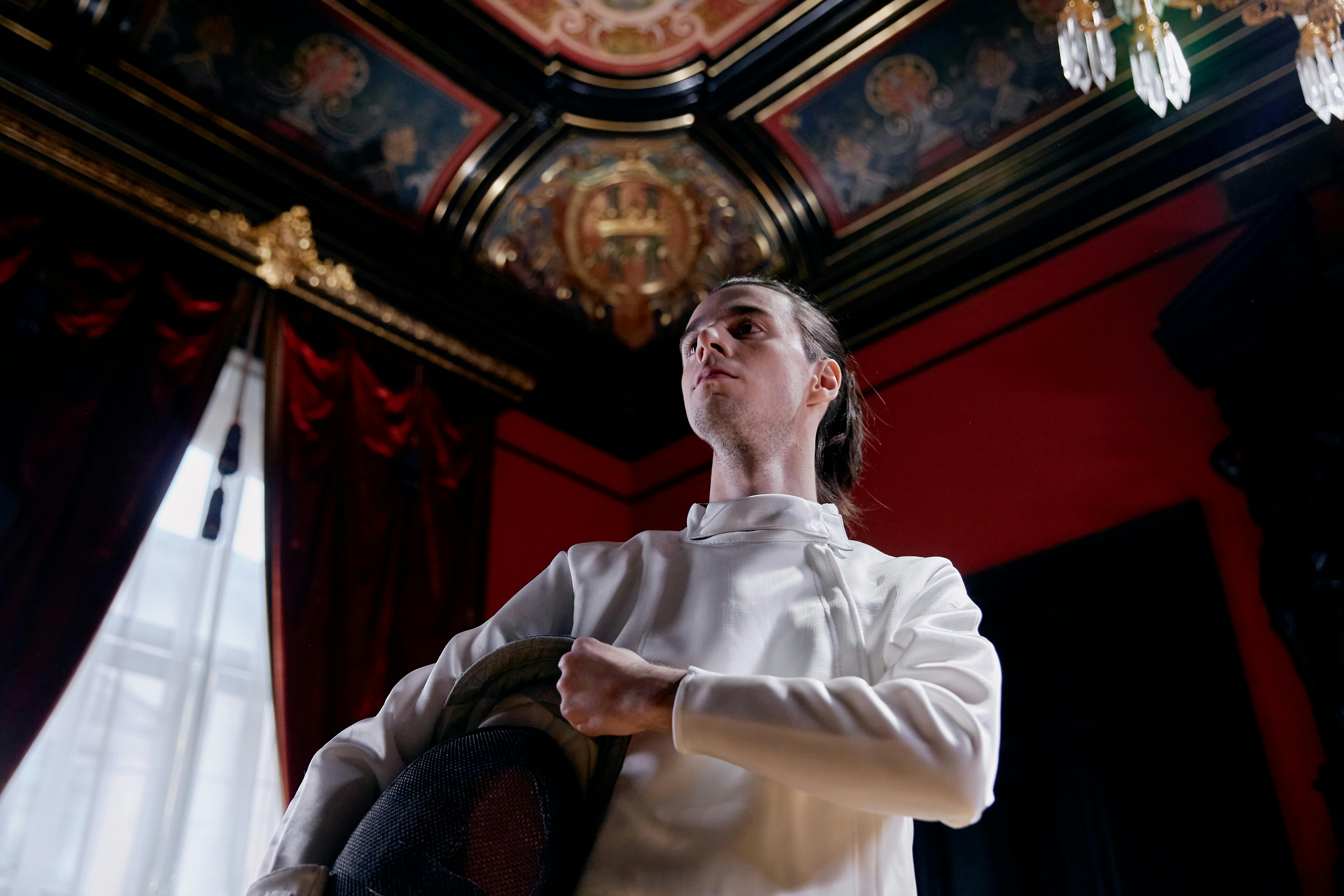Tucked away in downtown Blue Diamond, Nevada, just outside of Las Vegas, is Nevada Historical Marker 33, which designates a section of the 1,120-mile meandering route known as the Old Spanish Trail.
Long before modern roads crossed the Southwest, Spanish traders and missionaries used a primitive trail that became known as the Old Spanish Trail to transport blankets, mules, tools, and weapons across the Rocky Mountains and Mojave to California.
Officially established by Antonio Armijo and his Mexican trading party of about 60 men in 1829, and stretching 130 miles through Clark County in southern Nevada, the Mule Trail became Nevada’s first trade “highway,” linking Santa Fe and Los Angeles.
This is the famous Old Spanish Trail of Spanish missionaries and early 19th century explorer John C. Fremont and guide Kit Carson, as well as merchants, trappers, and miners. The trail was used by mountain man Jedediah Smith, called the “Buckskin Knight” and believed to be the first white man to set foot in southern Nevada. Smith’s western explorations hastened the unblocking of trade routes in the area.
The trail has been called “America’s longest, crooked, and arduous pack mule trail.” Even before it was identified as the “Old Spanish Trail”, the track was used as an avenue by early Spanish explorers following indigenous trails.
During the Spanish colonial era, the Camino was used for transportation, emigration, and the indigenous slave trade. The Old Spanish Trail crosses the Las Vegas Valley at its southern end. In 1844, John C. Fremont and his guide Kit Carson explored the expanse from Cajon Pass in California to Parowan, Utah.
Fremont described the Road as “the roughest and rockiest road we have ever seen in the country, and nearly destroying our band of excellent mules and horses…Travellers should never venture upon it without having their mule shod and also wearing shoes. extra. “
In 1846, copies of Fremont’s account were widely published, sparking widespread interest in the Southwest. The discovery of gold in California attracted “49’ers”, travelers at the end of the season, fearful of the snowy passes in the Sierra Nevada. Most of the wagons heading west on the Spanish Road carried a copy of Fremont’s report.
Once railroads began linking America’s vital business centers in the late 1800s, the Camino fell into disuse, leaving relics of the Old Spanish Trail’s past open, dry, and withered like bones scattered in the desert heat.
Almost forgotten, the Old Spanish Trail holds an important place in the history of Las Vegas and the American Southwest today. It is one of the most distinguished and historically fascinating routes in the United States, but it has fallen on hard times with time. Once the panorama of the trail was stunning in places, the view stretching to infinity, today little remains in the Las Vegas Valley and Mojave Desert of the historic trail.
The once barren desert is seething with development, progress has had its way, the small stretches of Trail that stood only a few years ago have vanished. Las Vegas traded its last remnants of the Old Spanish Trail for a new bypass, a development that removed this portion of the Old Spanish Trail from Bureau of Land Management maps.
Located near the Spring Mountain range and Red Rock Canyon National Park, less than 30 minutes southwest of Las Vegas, is the town of Blue Diamond. The mining village is set against a backdrop of open skies and stunning scenery west of Interstate 15 on State Route 160. Not far from Blue Diamond on public lands is what is considered the least polluted portion of the trail . Hopefully this section will be preserved forever.
Many interesting relics and artifacts collected along the Trail are on public display at the Bureau of Land Management office at Decatur Boulevard and Vegas Drive, Las Vegas, Nevada.
